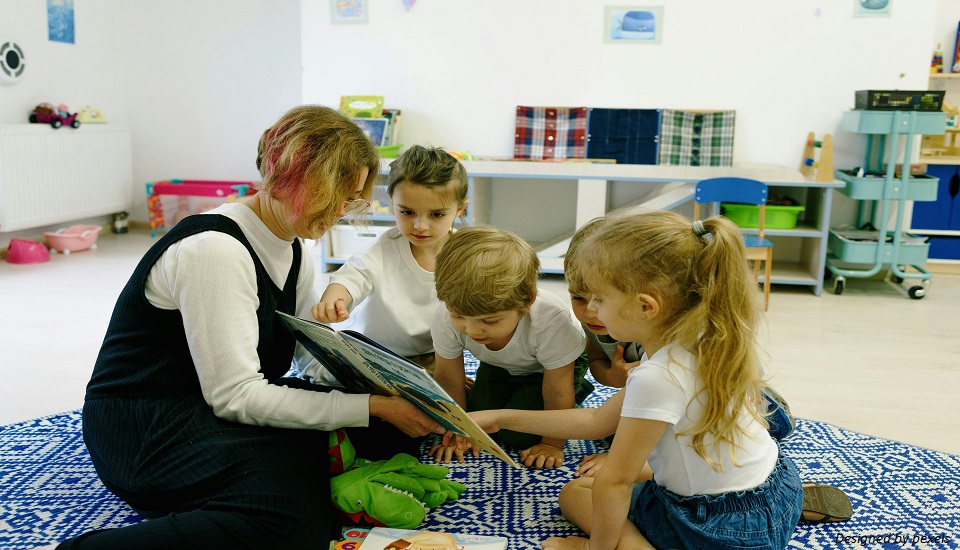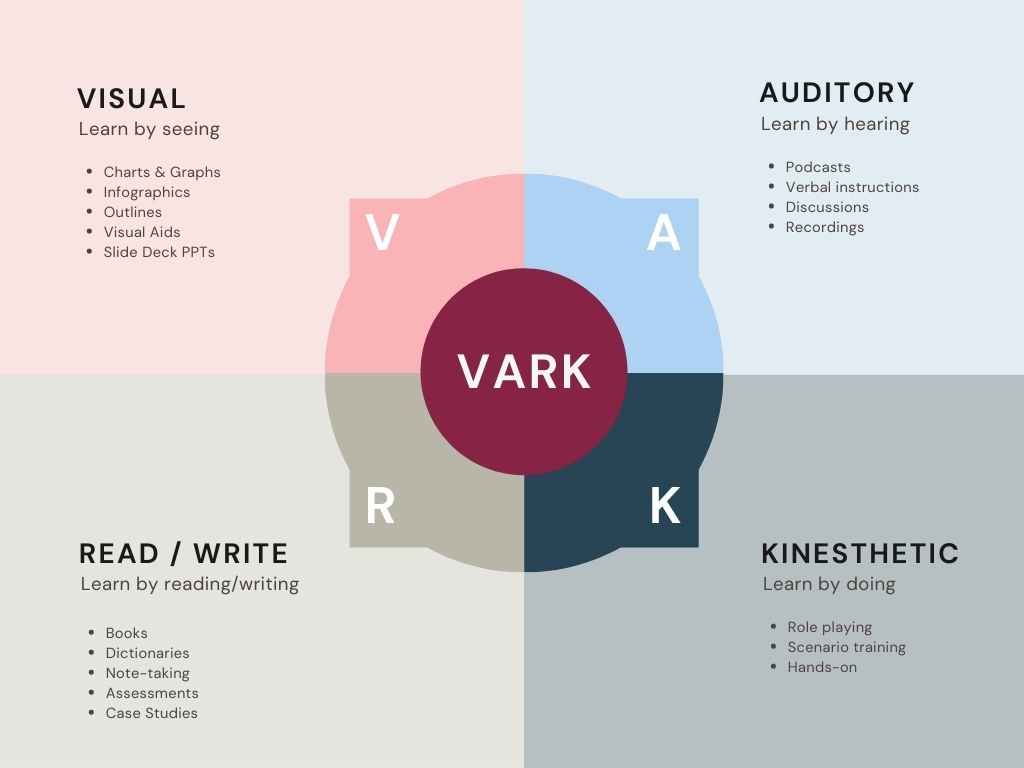
How To Use Multimodal Learning In Your Classroom? 6 Best Strategies
Educational institutions normally have a diverse student body consisting of learners with various learning styles. While some students prefer physical demonstration of how to perform a task, others might require an oral explanation of the same.
Research reveals that students exposed to various learning styles can learn deeper, quicker, and retain better. So, when you create resources and learning materials that cater to different individuals you help them stay engaged and interested. Read on to learn how to create multimodal learning for your classroom.
What Is Multimodal Learning?
Multimodal learning is a process of integrating information from various sensory channels or sources. This includes audio, video, gestures, texts, images, etc to enhance understanding and learning. It acknowledges that several modalities offer distinct and complimentary information and that making use of these many sources may result in more thorough and productive learning experiences.
Teachers impart knowledge using a single modality in traditional learning environments, including lectures or text-based resources. Multimodal learning, on the other hand, makes use of the strengths of several modalities to offer a more comprehensive and captivating learning environment. For example, adding visual cues, movies, or interactive simulations to textual information can improve student engagement and assist explain difficult ideas.
Do you follow us on Social Media? We regularly share upgraded educational content, tips, feedback, and more. Check us out by clicking the profiles here - Facebook / Twitter / LinkedIn / Pinterest / Instagram / YouTube
What Are The Different Types Of Modalities?

Learning is categorized based on four main modalities. They are:
- Visual
- Auditory
- Reading/Writing
- Kinesthetic
It is often called the VARK framework representing the four modalities. The VARK model, created by Neil Fleming in the late 1980s, is extensively used in education to recognize and account for various learning styles.
What Is The Importance Of Multimodal Learning?
Multiple learning styles are most effectively applied by educators while teaching pupils, as evidenced by research. Students become more engaged when learning takes place in a stimulating setting created by multimodal instruction.
It's because students are free to choose a different learning style if one doesn't work for them. You may use strategies like captivating images and excellent audio in your e-learning videos to spark and sustain learners' creativity. Whiteboard animation is even an option for online classes.
How Can You Use Multimodal Learning For Instruction?
In a classroom multimodal instruction can take on different forms. Here is how you can create easy classroom activities:
- Visual
Include videos, diagrams, and images in your online projects. Providing visual clues, aids in the reinforcement of topics in the classroom. - Auditory
Typical assignments don't always include audio components. Frequently, lectures are spoken exclusively in words, and once students are tasked with formative evaluation on their own, the spoken signals completely disappear. You have the option to leave voicemails, allow your pupils to record their responses, and even incorporate tunes. - Reading/Writing
At times, we must study a topic further before moving on. You may quickly provide links to pertinent articles in online assignments to help your students learn more. - Kinesthetic
In the multimodal classroom, your pupils can move items around. Even using kinesthetic methods virtually is an option. Students may make digital flashcards for a more tactile learning experience by using online apps. These apps also have the drag-and-drop functionality where you can design assignments that appeal to all learning styles.
Strategies For Using Multimodal Learning In A Classroom
Here are a few strategies for using multimodal learning in your classroom to engage your students:
1. Use Technology
One of the simplest ways to include multimodal training in your regular classroom lessons is through technology. With each modality, you may build activities, formative tests, and online presentations.
2. Include Media
Your online projects and presentations can include images, videos, and audio. Media assists in providing distinct illustrations of ideas to help make new ideas stick.
3. Create Multimodal Assignments
After your class, don't let multimodal instruction come to an end. When working on assignments, practicing, and assessing, use all four modes. You may use multimedia and more than 20 distinct question types with online apps.
4. Provide Feedback
Every step of the way, provide your pupils with feedback. Students are exposed to new forms of education in a multimodal classroom. Their learning will accelerate in certain situations, but it can be more difficult for them in others. Feedback allows you and your students to continue the conversation, which allows you to take academic chances and integrate multimodal education into your regular lessons.
5. Be Strategic
Utilizing every type of multimedia available does not equate to multimodal learning. Students may become overwhelmed by this and lose focus on the class as a whole. To maintain the focus of your lectures and assignments, choose your resources carefully.
6. Include Blended Learning
With blended learning, you may maintain conventional teaching methods while introducing multimedia and technology into your lessons.
Improve Your Learning Environment
Multimodal learning is an excellent tool, particularly if you wish to raise the standard of your instruction. For optimal results, try incorporating all of these into your lectures. Additionally, you can enroll yourself in Master of Arts in teaching program to get an initial idea about the various learning modalities and how to properly cater to all the needs of the diverse students.

